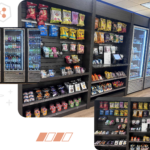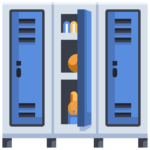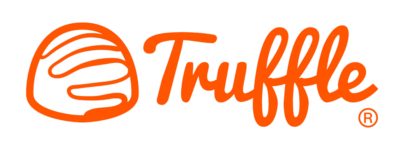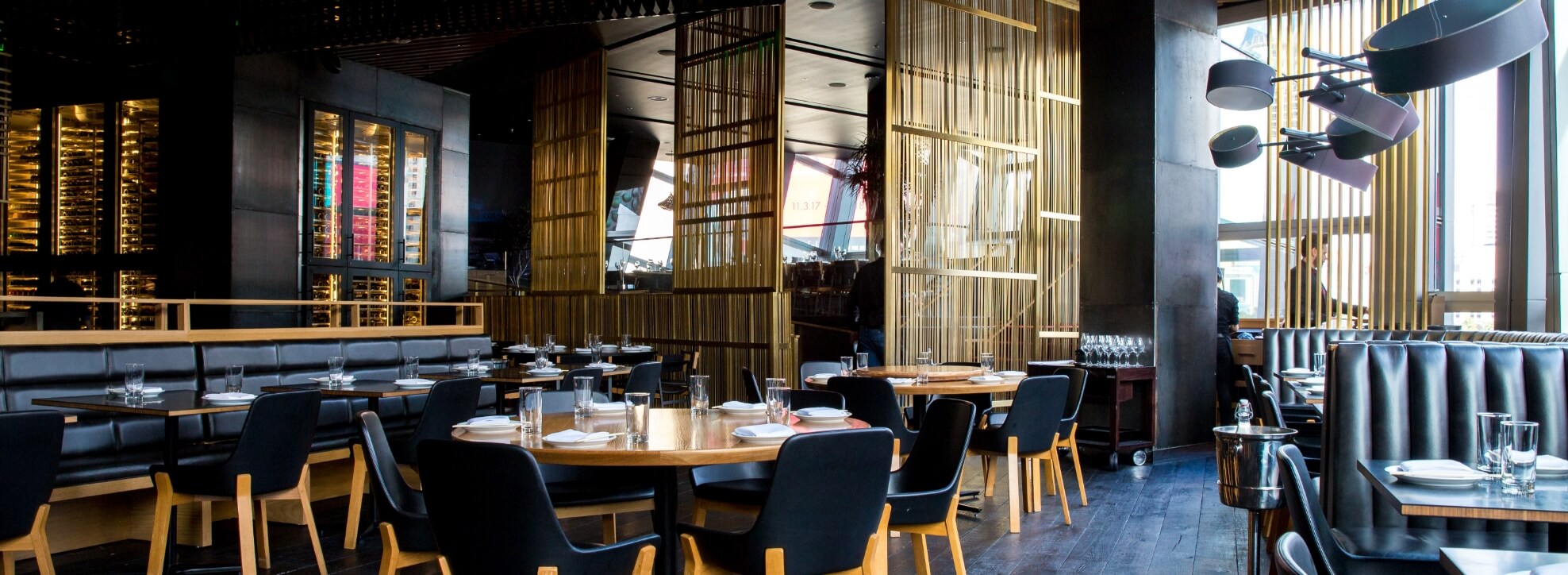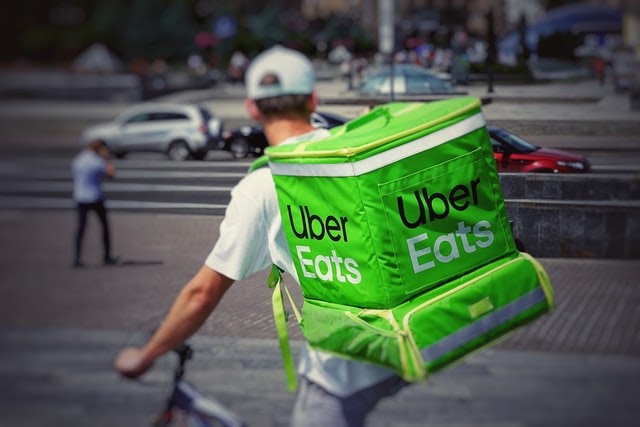
What Is No Contact Delivery? Here's What Restaurant Owners Need to Know
Table of Contents
Let’s start with an understatement: This pandemic and social distancing rules have been tough for restaurant owners and managers.
But one spot of relief amidst the changing industry has been the revelation that it’s pretty difficult for people to contract the virus that causes COVID-19 from food or even food packaging.
In general, we know now that the real danger to restaurant customers and employees isn’t coming from food, but rather coming into close person-to-person contact.
That’s why food delivery that eliminates the need to interact in-person at all — not for ordering, not for payment, and not for the actual food handoff — has become especially appealing to customers and restaurateurs alike.
The concept of “no-contact delivery” is simple enough: Restaurant customers get their meals delivered to their doorstep without ever having to come within six feet of another person.
However, restaurants that want to offer no-contact delivery without losing money or upsetting customers will need to do some work upfront. This work includes changing procedures, employee training, menu, ordering tools, and maybe even components of your physical restaurant.
Don’t worry! By the end of this article, you’ll be well on your way to understanding everything you need to do to offer no-contact delivery.
An Intro to COVID-19-Era Restaurant Terms
As we just mentioned, “no-contact delivery,” sometimes called “contactless delivery,” is the practice of delivering meals directly to customers with no need for human contact.
Contactless delivery requires delivery services to leave food at the customer’s doorstep, or in the office lobby or at another designated spot, and skip the step where they would typically knock on doors and accept payments in person.
The customer is then notified by phone, text, or email that their meal is waiting for them — no need for the deliverer to even knock on the door or touch a doorbell.
Customers make payments and leave tips upfront either over the phone, through the restaurant’s website, or via a third-party app, so there’s no need for the delivery services to worry about handling money.
However, you’ve probably heard of other ways that restaurants have adapted to pandemic-related safety precautions. The following are related but slightly different than no-contact deliveries:
- No-contact takeout / Contactless takeout
This is when customers order their food remotely but still pick it up in-person. Customers may go inside the restaurant to pick up their meals from a designated shelf or table so they don’t have to interact with employees on-site.
Although slightly less safe than no-contact delivery because customers do have to share some indoor air particles with employees, it’s still safer than traditional takeout where customers pay in person.
- Curbside pickup
This is when customers place their orders by phone or online and then drive to the restaurant to pick up their orders outside of the restaurant. Customers may park in designated spots, pull into a designated lane, or simply park as usual and call the restaurant to tell them they’ve arrived.
- No-touch cooking
This is when the cooks in the kitchen don’t physically touch the food after it is cooked. Instead, they use tools such as tongs and spatulas to plate the finished meals. We already mentioned that SARS-CoV-2 isn’t typically transmitted via food.
That said, some restaurants are still observing no-touch policies because it can help stop contamination of any kind, such as those by other germs or allergens.
- Tamper-evident delivery
To ensure that drivers and delivery people don’t touch the food or even open the bag on the way to the customer, many restaurants seal their delivery bags or containers with a seal or sticker that should be intact upon arrival. It’s just one more tool to put customers’ minds at ease as we navigate COVID-19.
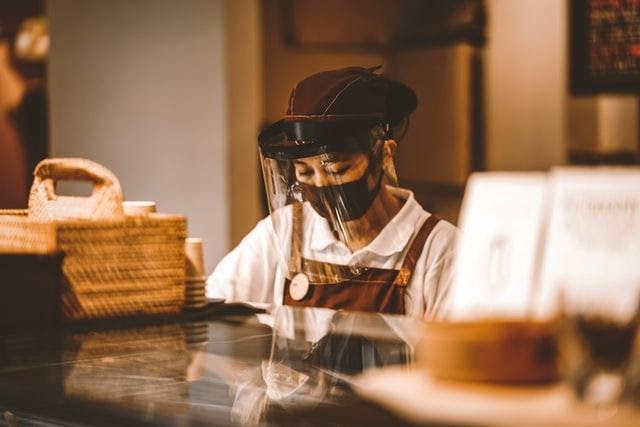
Meal Delivery Basics
Many restaurants, particularly small neighborhood restaurants or fine dining establishments, may have never planned on offering meal delivery. In some cases, offering delivery may have conflicted with their brand or their menu (not all types of food are equally compatible with to-go containers and long drives). In others, it may not have made financial sense.
But in light of COVID-19, it might be time to finally reconsider and pivot your brand and menu to accommodate your new needs.
We all look forward to the day when things can get back to normal, and it’s tempting to just try to “make it through” or hang on until patrons can safely dine inside your restaurant again without reservation.
However, we have to accept the fact that there’s a chance that things might not get back to normal for a long time — and some diners’ behavioral changes and habits brought on by the pandemic might be here to stay permanently.
If you don’t offer delivery yet, here are a few questions you’ll need to answer upfront. (If you already offer delivery but want to make it contact-free, skip ahead to the next section).
Who’s driving?
Certainly, you’ve heard of third-party meal delivery apps like DoorDash, UberEats, and PostMates that offer no-contact delivery options by now. Some restaurateurs have found that using these services makes offering delivery as simple as possible because they don’t have to worry about anything other than preparing the meals for pickup.
But other restaurateurs have opted to keep the commission fees and customer data that typically go to third-party delivery apps and hire their own employees as drivers instead. In some cases, delivering meals has been a welcome opportunity for front-of-house employees who would have otherwise found themselves out of work.
If your employees drive for your restaurant, they’ll need delivery insurance. You’ll also need to invest in something to brand their vehicles with, and at least in some insulated bags for them to transport food in.
How will managers track and route deliveries?
If you’ll be handling the delivery in-house, you’ll need to invest in a software program that will track both delivery orders and the delivery progress. The latest software programs can process online orders from customers, send those orders directly to your kitchen staff, and route delivery drivers to the customers’ destinations.
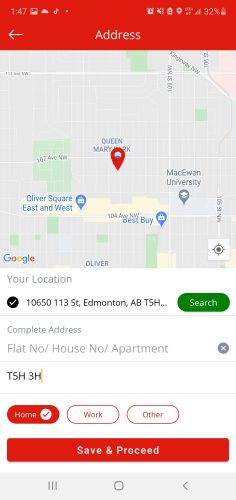
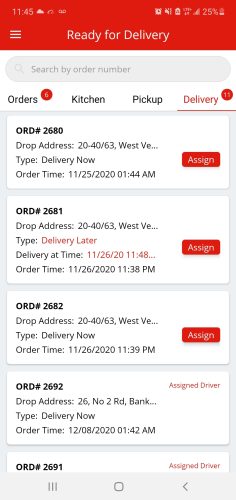
Shown: Truffle POS’s delivery driver routing features
Will drivers have enough space and access to your restaurant?
Consider the traffic coming in and out of your parking lot. Will the extra traffic cause any problems or inconveniences for delivery drivers, takeout customers, and employees coming and going? You may need to post signs that clarify where delivery drivers should park, for example, or somehow arrange for extra space with your neighbors or specify an alternate route for deliveries.
How will you modify the menu for delivery purposes?
Many restaurateurs choose to scale down their delivery menu compared to their dine-in menu. They limit the delivery options to dishes that will travel well, or choose to simplify the ingredients used so that everything on the menu can be made quickly and without any added expense.
Have you accounted for space and supplies?
Where will your staff pack up meals that are destined for delivery? Where will they sit while they wait to be picked up? Do you have supplies like to-go containers, bags, and flatware ready?
How will you modify the menu for delivery purposes?
Many restaurateurs choose to scale down their delivery menu compared to their dine-in menu. They limit the delivery options to dishes that will travel well, or choose to simplify the ingredients used so that everything on the menu can be made quickly and without any added expense.
Have you analyzed the profitability?
After you consider the prospect of paying for delivery-related expenses, you might decide it still doesn’t make financial sense for your restaurant to offer delivery. If so, there are still other ways to pivot to meet the increased demand for takeout and delivery brought on by the COVID-19 pandemic. For example, you could limit your options to curbside pickup, or even completely ditch the expense of a dining room to make delivery more profitable and become a so-called “ghost kitchen.”
Offering Contact-Free Delivery
Once you’ve figured out the basics of how your delivery system will work, there are just a few more steps to making your delivery process completely contact-free. You’ll need to:
- Make it easy for customers to specify that they want no-contact delivery when they order, either on the phone or online
- Make sure you have a system in place to notify customers that their food has arrived so they can get it right away (otherwise, the quality of the meal might suffer and your brand could suffer)
- Train your staff on what “contact-free delivery” means both for ordering and delivery.
If you opt to use a third-party app for delivery, they’ll handle all the tech and training.
But if you have the right POS system in place, the first two points are easy to implement in-house. A program like Truffle POS can handle everything about the meal ordering and delivery process seamlessly, including online ordering and instant customer notifications upon delivery via the exact method the customer specified.
Regarding training for no-contact deliveries, employees just need to understand the following:
- Paying attention to any directions left by the customer regarding where to leave the meal
- Making sure that they maintain a six-foot distance in the event that a customer is on site
- Making sure to notify the customer right away since they might not see them pick up the food in person
The Importance of Communicating With Customers
In many ways, offering non-contact delivery is just like offering any other product, from a new menu item to a new restaurant location. Once you commit to providing it and have made the investment in space, equipment, and staff necessary to make it possible, you should take advantage of every opportunity to make people aware of it.
This includes announcing the no-contact deliveries option to your loyal customers who have been coming in-person either to dine or to pick up their food, as well as trying to reach new potential customers who may have never tried your food before because they prefer their food delivered.
Third party meal delivery companies and apps have the advantage of exposing your restaurant to an existing network of people who have the apps installed and use them frequently. But these apps also place your restaurant alongside competitors that your customers will see every time they open the app looking for your restaurant. You may even feel compelled to pay extra to boost your visibility on these apps or run specials that can cut into profits to make your own listing stand out.
By contrast, if you handle all your own orders with an in-house POS system, you can keep your customers’ info so you can reach out to them with special offers and news directly.
We’re all feeling a little rattled these days amidst the news of crowded hospitals and surging COVID-19 cases. It can only help your business if you reach out to customers with an email reminding them that you take their safety seriously and are offering options to make their lives easier and healthier.
The Pandemic as an Opportunity
The fact is that although many people have suffered during this pandemic and it has put a ton of stress on restaurant owners, the demand for food from restaurants has far from disappeared.
Many people are working longer hours and have additional stressors, such as kids staying home from school and learning from home. Sometimes they don’t want to handle dinner themselves, but it’s still just too much work to get the kids in the car and drive out to your restaurant to pick up food.
Although this pandemic has put a ton of stress on restaurant owners, the demand for food from restaurants has far from disappeared.
That’s why if you’ve never considered offering delivery before, now might be just the right time to make a move for your company.
At Truffle POS, we’re committed to offering a comprehensive modern point of sale solution for restaurant owners who want to get online but don’t want to sink thousands of dollars into a new system upfront.
We offer a consultative onboarding process, too, so even the least technically inclined restaurant owners will feel comfortable getting their new systems up and running.
Click here to learn more about our online ordering app features, or request a free 30-minute demo here.

